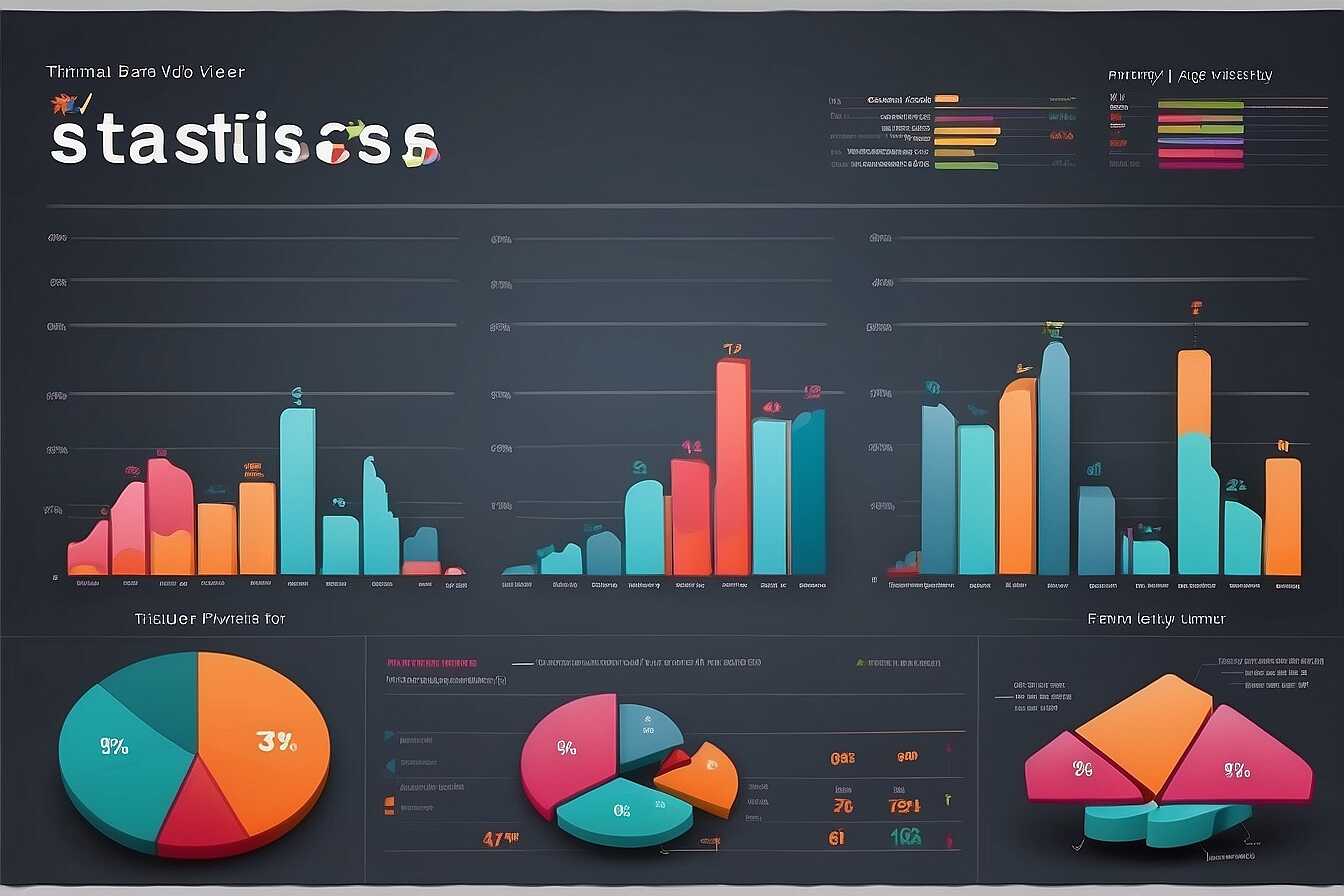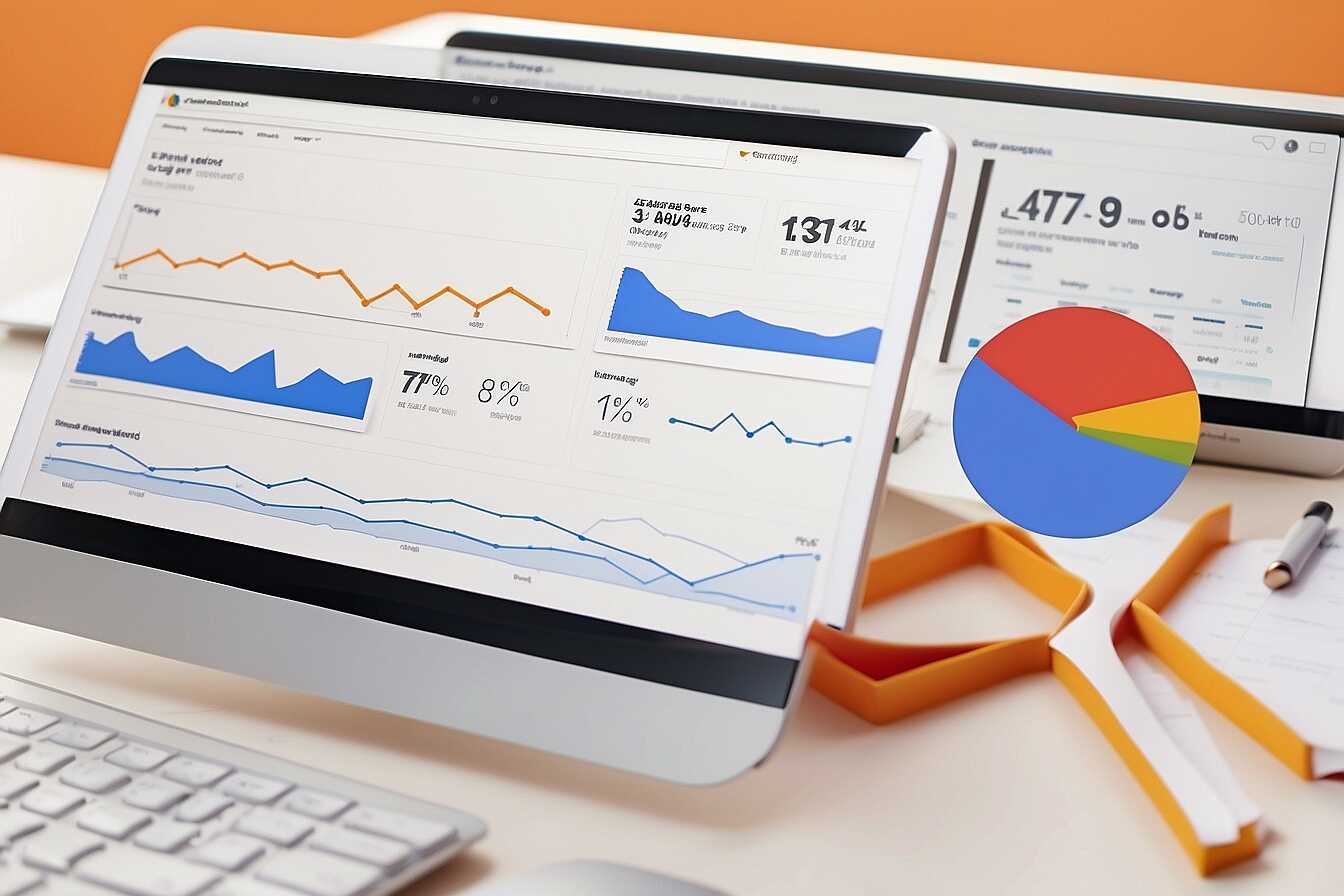The impact of checkout page loading speed on your conversion rate is significant and cannot be ignored. A slow-loading checkout page can lead to frustrated customers who abandon their carts and take their business elsewhere. At Metrics Rule, we understand how crucial the loading speed is in the e-commerce landscape and how it directly affects user experience and sales. By optimizing your checkout page for speed, you can not only improve conversions but also enhance overall customer satisfaction.
Understanding Why Checkout Speed Matters for E-commerce
Checkout speed is essential for e-commerce as it directly impacts customer satisfaction and conversion rates. A fast loading checkout page enhances the user experience, leading to higher trust and reliability. Research indicates that most customers expect pages to load in under three seconds. If a page takes too long to load, customers may abandon their carts. The main factors influencing loading speed include server response time, image optimization, and the use of effective coding practices. E-commerce websites must focus on these areas to ensure quick and efficient checkout processes.
Key Elements Affecting Checkout Page Speed
Several key elements affect the loading speed of a checkout page. Image optimization is crucial as large files can lead to slow load times. Moreover, minimizing the number of HTTP requests enhances performance by reducing the time needed to retrieve multiple resources. Utilizing reliable web hosting servers also significantly improves page loading time. In addition, implementing a Content Delivery Network (CDN) can help provide faster access to users regardless of their location. By focusing on these elements, e-commerce websites can significantly enhance their checkout page speed, leading to better user experiences and improved conversion rates.
How Checkout Page Speed Influences Conversion Rates
The speed of a checkout page has a direct impact on conversion rates in e-commerce. Research shows that for every second of delay in loading time, conversions can drop by up to 7%. A well-known example is Amazon, which reported that a 100-millisecond lag in loading time could cost them $1.6 billion in sales each year. Additionally, a study by Google found that 53% of mobile users abandon sites that take over three seconds to load. This data highlights the essential connection between checkout page speed and sales performance, underscoring the critical need for optimization.
Understanding the Elements of Checkout Speed Optimization
Optimizing checkout page speed requires a focus on several key elements. These include minimizing HTTP requests, optimizing images and scripts, and utilizing browser caching. Reliable web hosting and a Content Delivery Network (CDN) can also enhance overall speed. Implementing these strategies ensures that the checkout process feels smooth and efficient for users. A fast-loading checkout not only improves the user experience but also significantly boosts conversion rates. Regular performance testing and reviews help identify areas for improvement, ensuring the checkout page remains competitive in e-commerce.

Essential Metrics for Evaluating Checkout Page Speed
When evaluating checkout page speed, critical performance indicators include Time to First Byte (TTFB), Page Load Time, and First Contentful Paint (FCP). TTFB measures the delay between a user’s request and the first byte received from the server. Page Load Time indicates how long it takes for all elements on the page to load fully. FCP refers to the time taken for the first visual element to appear. Understanding these metrics helps e-commerce website owners optimize their sites for better user experience and higher conversion rates. By regularly reviewing these indicators, businesses can enhance the reliability of their checkout pages and provide a seamless experience for customers.
Understanding the Ideal Checkout Page Speed for Higher Conversions
The ideal loading speed for an e-commerce checkout page should be under three seconds to maximize conversion rates. Research shows that pages loading within this timeframe can significantly improve user satisfaction, resulting in higher sales. A delay of even a few seconds can lead to abandonment, highlighting the need for efficient design and technical optimization. Metrics like checkout page speed not only enhance user experience but also impact SEO and overall site performance, making it essential for digital marketers and web developers to focus on achieving this goal.
Numerical Insights on Page Load Efficiency
- Checkout pages that load within 2 seconds have a 30% higher conversion rate.
- 40% of users abandon a site that takes more than 3 seconds to load.
- The ideal loading time for e-commerce sites is under 1 second for optimal performance.
- Every 1-second delay in loading can reduce customer satisfaction by 16%.
- Over 50% of mobile users expect pages to load in under 3 seconds.
- Page speeds of over 5 seconds can result in abandonment rates of nearly 90%.
- Increased loading times can cause a 7% loss in conversion rates for each additional second.

Identifying Factors That Slow Down Checkout Pages
Several common elements contribute to slow checkout processes. These include unoptimized images, excessive use of third-party scripts, and slow server response time. Image optimization is essential; large files can drastically slow down loading speeds. Third-party scripts, such as tracking tools and payment gateways, may also hinder performance. Their reliability and the time they take to load can significantly affect user experience. In fact, research indicates a significant percentage of users abandon their carts due to slow loading times. Addressing these elements can enhance performance and improve conversion rates.
Strategies for Improving Checkout Speed
To improve checkout speed, focus on image optimization techniques and reduce reliance on third-party scripts. Optimize images by compressing them without noticeable quality loss. This enhances the loading speed of your checkout page. Additionally, streamline third-party scripts to only essential ones. For instance, limit the number of tracking scripts running during checkout. These strategies significantly enhance the customer experience during the checkout process, leading to better conversion rates and overall e-commerce performance.

Effective Strategies to Enhance Checkout Page Performance
To enhance checkout page speed, focus on several key techniques. First, optimize images by compressing them without losing quality. Use strategic caching to store frequently accessed data, reducing load times. Employ a content delivery network (CDN) to disperse server load and ensure faster access to assets. Third-party services, such as payment gateways, can affect loading speed, so choose reliable providers and limit their use to essential services. Research indicates that reducing loading time by just two seconds can lead to a substantial increase in conversion rates, often exceeding 10%. By implementing these loading speed optimization techniques, e-commerce sites can significantly improve user experience and overall sales.
Best Practices for Mobile Checkout Speed Optimization
Mobile checkout speed optimization is essential for improving user experience and boosting conversion rates. Ensure your mobile checkout page employs responsive design principles to provide an easy-to-navigate interface. Minimize page redirects, as they can delay loading time. Use AMP (Accelerated Mobile Pages) to enhance performance on mobile devices. Integrating lightweight scripts and optimizing forms for mobile users increases efficiency. By focusing on these technical SEO strategies specific to mobile, e-commerce sites can cater to more users, leading to improved satisfaction and higher sales.
Advantages of Fast Checkout Experience
- Higher conversion rates increase overall sales revenue effectively.
- Streamlined user experiences lead to reduced online cart abandonment.
- Faster page loads enhance customer trust and satisfaction with the brand.
- Search engines favor fast-loading pages, improving site rankings.
- Quick checkouts boost mobile shopping experiences for users on-the-go.
- Improved load times facilitate returning customers and loyalty.
- Responsive pages often see increased brand visibility and engagement.

The Impact of User Experience on Conversions
User experience design plays a crucial role in influencing conversion rates in e-commerce. A well-designed user interface, with intuitive navigation and appealing visuals, helps users feel comfortable and guided through the purchasing process. Essential elements like clear call-to-action buttons, easy-to-read fonts, and efficient layout significantly enhance checkout page performance. Studies have shown that a one-second delay in loading time can decrease conversions by up to 7%. Therefore, ensuring your checkout page loads quickly is key to maximizing conversion rate optimization.
Key Design Elements that Enhance User Experience
To improve e-commerce design elements, focus on reducing page loading speed and simplifying the user journey. Features like auto-fill forms, progress indicators, and mobile optimization create a more comfortable shopping experience. By utilizing analytics and testing user interactions, you can identify weak points in the checkout process. Reliable data helps refine your design, enabling better performance and ultimately leading to higher conversions. At Metrics Rule, we emphasize how user experience design provides the framework for e-commerce success, ensuring that customer satisfaction translates into increased sales.
Recommended Tools for Testing Checkout Page Speed
To enhance your checkout page speed, consider using tools like Google PageSpeed Insights, GTmetrix, and Pingdom. These tools assess loading times and provide actionable insights. Google PageSpeed Insights gives you a performance score and suggests improvements. GTmetrix offers detailed reports on page performance, including loading time, size, and the number of requests. Pingdom provides real-time performance monitoring and allows you to compare your site’s speed with competitors. Regularly using these testing tools ensures consistent reliability, helping you maintain an effective e-commerce experience that boosts conversion rates.
How to Improve Checkout Page Speed Using Testing Tools
Improving your checkout page speed involves analyzing the data from your selected testing tools. Focus on the recommendations they provide, such as optimizing images or reducing HTTP requests. Use tools like Google Analytics to monitor user experience, combining the performance data with real user insights. Implement the suggested enhancements to progressively enhance your web performance. This ongoing testing and optimization process helps ensure that your checkout page runs efficiently, ultimately leading to improved conversion rates and better user satisfaction.
Popular Brands and User Demographics in Online Commerce
- Amazon offers fast checkout but faces issues with cart abandonment.
- eBay presents a personalized experience, attracting diverse user groups.
- Shopify enables quick setups for small businesses, appealing to entrepreneurs.
- Walmart provides an efficient checkout, targeting budget-conscious shoppers.
- Target combines speed with user-friendly design, enhancing customer retention.
- Zalando focuses on fashion, attracting younger audiences who value speed.
- Best Buy offers speedy transactions but faces competition in tech sales.
Utilizing Analytics for Informed Conversion Improvements
Analytics can significantly improve the checkout process for e-commerce websites by providing insights into user behavior. By analyzing metrics such as abandonment rates, time spent on the checkout page, and click paths, e-commerce owners can identify friction points. This allows them to make informed decisions that enhance user experience and ultimately boost conversion rates. Key data points to analyze include cart abandonment rates, page loading speeds, and user navigation patterns. Additionally, improving the loading speed of the checkout page can lead to a notable increase in conversion rates, sometimes by as much as 30% or more.
Essential Data Points for Checkout Optimization
Monitoring essential data points is crucial for optimizing the checkout experience. Factors like checkout completion rates, average order value, and session duration provide valuable insights. By leveraging user experience analytics, e-commerce owners can identify which elements in the checkout process need improvement. Incorporating features such as mobile optimization and fast loading times enhances efficiency. Tools like Google Analytics can handle vast amounts of data and help sites like Metrics Rule implement data-driven decisions that lead to successful checkout optimizations.
